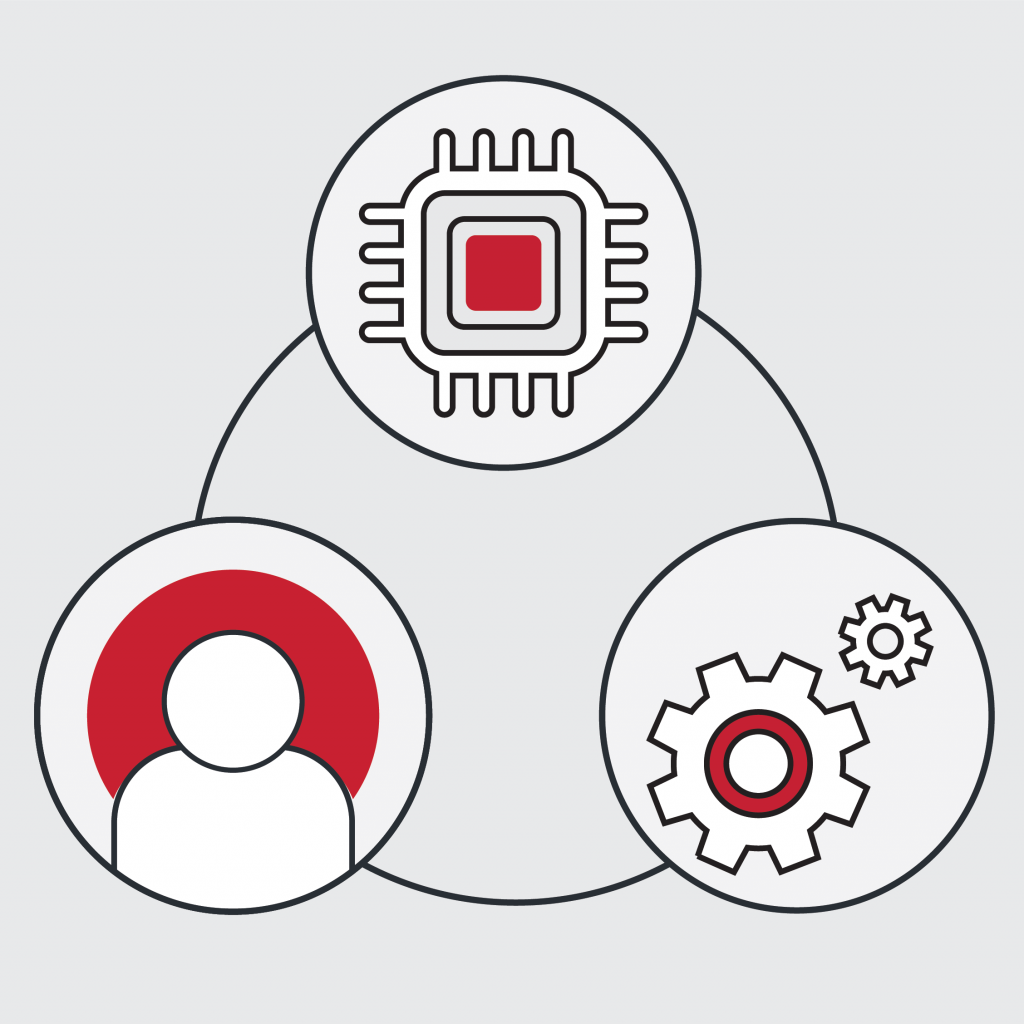A key component of the Shared Services business model that is often overlooked is the mentality that accompanies the act of sharing.
Consider examples of sharing in your personal life, and the inherent benefits of sharing, both to yourself and those with whom we share. You may share a home-cooked dinner with family members to increase efficiency through economies of scale. Sharing recommendations from a recent vacation with friends allows them to benefit from your experiences. And, increasingly commonly, we share car rides with strangers headed in the same direction for cost effectiveness, resulting in a lower cost per rider.
Along with these benefits, sharing generally also introduces the need to compromise. When sharing that home-cooked meal, we may not eat our favorite foods every night. When sharing travel tips, we sacrifice some of our own time to do so. And when sharing car rides, it may sometimes take longer to arrive at our destination than it would if we rode alone. But when we share in our personal lives, we make an intentional decision that the benefits–to ourselves and those with whom we are sharing–outweigh the costs.
Just like in our personal lives, sharing also has trade-offs in professional, results-oriented environments. Benefits that result from implementing a shared services business model allow organizations to focus on activities that support their core mission and often include improved process efficiency and cost savings.
Sometimes though, these benefits come at a cost, especially during and immediately following implementation, while we get used to the a new way of working…and trusting. We can feel a loss of control when we transition from having a travel agent down the hall to having one in a different building. Or we may not always receive responses as quickly from a shared services human resources team than we would from a colleague in the office next door.
In our experience, we have discovered two best practices to realizing the maximum benefits of shared services, while minimizing the costs, are to be intentional about the activities that are delivered by a shared services partner and to establish effective customer partnering relationships.
1. Implementing a successful shared services business model requires that leaders have a clear perspective of the current state of their organization and its core mission. Any activities that are not directly related to the core mission should be moved to a trusted shared services partner leaving the organization free to accomplish its mission unencumbered.
2. Being a customer in a shared service environment is a two-way street. Shared services business models are most effective when service providers and customers collaboratively develop solutions using a “bottom-up” approach, with the end-user at the center, rather than through a “top-down” directive. These business models are also most effective when they center around predictable, standardized requests, which consciously balance the needs of the end user with other constraints such as cost. Frequent custom requests and exceptions negatively impact the efficiency of a shared services center and should be compensated appropriately or addressed outside of the shared services center.
Interested in learning more about how The Clearing can help implement a shared service business model at your organization? Contact us at info@dev2021.theclearing.com.





